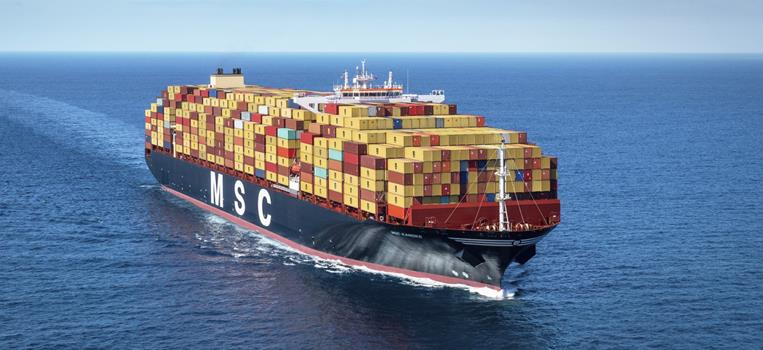BIO-UV Group’s BWTS technology adapted to kill coronavirus on surfaces
Apr 21, 2020The ultra-violet light technology used to kill the invasive species found in ships’ ballast water tanks can be used to protect seafarers, health workers and fist-responders from picking up the coronavirus from surfaces.
Following research by the France-based company behind the BIO-SEA ballast water treatment, a surface disinfection system will be ready for market introduction by the end of May.
A prototype scanner based around BIO-UV Group’s proven UV-C reactor technology is currently being independently verified.
The 50cm handheld device emits a ray of UV-C which is passed over the surface, taking only seconds to disinfect the scanned area. The scanner can be used to kill the coronavirus from sickbay/hospital beds, tables, computer keyboards, furniture and all other surfaces.
In parallel, BIO-UV Group subsidiary TRIOGEN is currently working on the development of a disinfection system for wet surfaces using ozone.
BIO-UV Group’s founder and CEO Benoít Gillmann said: “We mobilised our R&D team to develop a system of disinfection for surfaces intended, as a priority, for all nursing staff. However, the technology has potential application in other sectors.”
BIO-UV Group is verifying the capabilities, performance and reliability of the prototype in two CE-approved laboratories.
“Since 6 April, progress has been made in the completion of a prototype, the performance of which is currently being tested in compliance with the strictest of international standards,” said Gillmann.
“The aim of this testing is to validate the system’s capacity to disinfect and to eliminate all types of microorganisms using UV-C technology. Once this testing has been finalised, a second laboratory will work over the next few weeks on testing the efficacy of the system in eliminating Covid-19.”If the UV-C scanner’s efficiency is successfully demonstrated, it will be introduced to medical personnel and healthcare workers from the end of May.
“At a later stage, the system will be marketed to other industrial sectors, including the maritime sector to help safeguard our seafarers from being infected. Marketing will go ahead once CE marking has been obtained,” Gillmann said.
“The objective of this development is to ensure people are working in safe, clean environments and to reassure those coming out of confinement,” he said.
Similar Stories
AGLPA Issue Update - Nov 2024
Today the Maritime Administration (MARAD) awarded nearly $580 million to 31 recipient ports in 15 states and territories. These grants are from the agency's Port Infrastructure Development Program (PIDP). Five…
View Article
Viking Line named Finnish security organization of the Year
View Article
Ocean Network Express and Seaspan Corporation jointly announce the establishment of ONESEA Solutions
View Article
MSC Customer Advisory
View Article
ZIM launches its USA Employer Brand Campaign to attract top talent
View Article
Hapag-Lloyd achieves good result in first three quarters of 2024
View ArticleGet the most up-to-date trending news!
SubscribeIndustry updates and weekly newsletter direct to your inbox!





